**Trigger warning: suicide, violence**
Thanks for nothing, goodbye. Unlike the haunting message that introduces the tone of The Cat Lady, a side-scrolling horror game developed by the UK based company Harvester Games, even what small portion I have played thus far proves that this statement certainly doesn’t describe this narrative-driven adventure. Through its artistic visuals and unique story, The Cat Lady has quickly revealed to me that is is among the ranks of those indie games that, in certain ways, exceed their high-profile, mainstream brethren.
The Cat Lady begins at the end; forty year old Susan Asworth’s mortal end to be precise. Suffering from depression and accompanied exclusively by the golden-eyed cats that she calls her only friends, we watch her as she overdoses on her medication in a final act of suicide. However Susan’s afterlife is far from peaceful as she awakes in a chilling and gruesome realm between life and death. There she encounters an elderly woman who refers to herself as the Queen of Maggots. The decrepit lady informs the weary Susan that she has been chosen to carry out the task of killing five evil “Parasites” and has been granted immortality in order to do so. Exasperated by the idea of being sucked back into the life she so desperately wants to be rid of, Susan only reluctantly agrees after the Queen of Maggots both cautions that a life of torment awaits her if she refuses and tempts her with a life-changing reward if she succeeds. Thus we, controlling Susan, begin a quest to identify these “Parasites” – strangers who may appear friendly but really seek to harm and kill Susan – and eliminate them.
Needless to say, the very core of this game revolves around suicide and, as previously mentioned, features Susan’s suicide prominently in the opening scene as well as some that follow as she views her dead body lying on a stretcher and hanging from a noose on a tree. Before the title card, the game itself also warns that it features violence and gore, the first of which is encountered very early on. From what I can tell, these 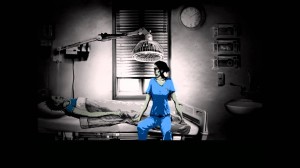 potentially upsetting events will only amplify as the story continues. This in mind, I will give a warning that The Cat Lady could be potentially triggering and possibly disturbing.
potentially upsetting events will only amplify as the story continues. This in mind, I will give a warning that The Cat Lady could be potentially triggering and possibly disturbing.
However it is the way the game approaches suicide that enriches the story, something that I believe will continue to be explored as the game progresses. Rather than use suicide as a plot device, the game dives deep into Susan’s psychology as it explores the mind of someone suffering from depression. It is certainly a raw and potent tale, and Susan, who must struggle to find confidence in herself, is a compelling character. I am a bit concerned that it perhaps does not handle depression and suicide as properly as it could, particularly because there is a moment that the Queen of Maggots infers that those who commit suicide are normally punished for doing so and comments that occasionally depict suicide as something that reveals a weakness of character. I do believe it’s rather early to pass complete judgement, however: while some dialogue (both from Susan and background characters) does seem contrived and perhaps hard to believe, it appears to me that Harvester Games created The Cat Lady as a sincere attempt to explore the mindset and state of a suicidal person as realistically as possible.
Gameplay within The Cat Lady is simplistic. As it seeks to highlight the narrative, the controls are largely point and click. The player has an  inventory and you must find a few key items that allow Susan to progress in her quest. The puzzles themselves, on the other hand, are fairly complex. I know I’ve already found myself stumped as I try to figure out how to escape the clutches of an eerily sinister hospital. Everything centers on paying attention to small clues and logically piecing things together. In this way it harkens back to a traditional puzzle game in the best and most intellectual way possible. In order to succeed, you must certainly adopt the unconventional way of looking at things that is so rooted into the game.
inventory and you must find a few key items that allow Susan to progress in her quest. The puzzles themselves, on the other hand, are fairly complex. I know I’ve already found myself stumped as I try to figure out how to escape the clutches of an eerily sinister hospital. Everything centers on paying attention to small clues and logically piecing things together. In this way it harkens back to a traditional puzzle game in the best and most intellectual way possible. In order to succeed, you must certainly adopt the unconventional way of looking at things that is so rooted into the game.
The artistic style is certainly another memorable feature. Initially I thought certain components of it were rather crude: the text admittedly looks like it has been added on in Paint and some of the animation is rather choppy. However the sparingly colored and seemingly hand-drawn backgrounds and people that characterize the game only succeed in making the game more haunting. Susan moves like a puppet in a grim theater tainted grey with her depression.
Overall the gripping and innovative storytelling, while potentially too disturbing for some, combined with its unique art direction make The Cat Lady an underrated game that’s worth getting invested in. It is available both on Steam and its official website.

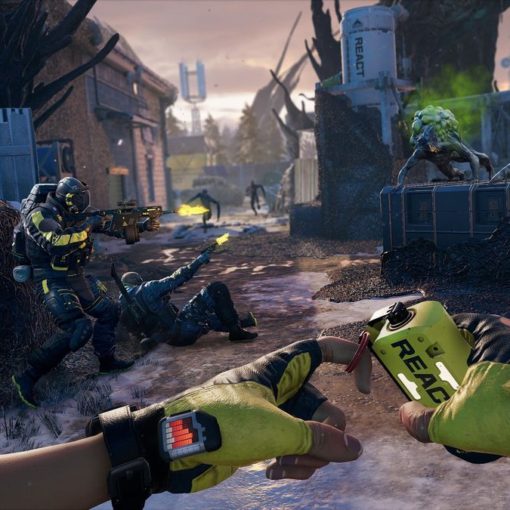
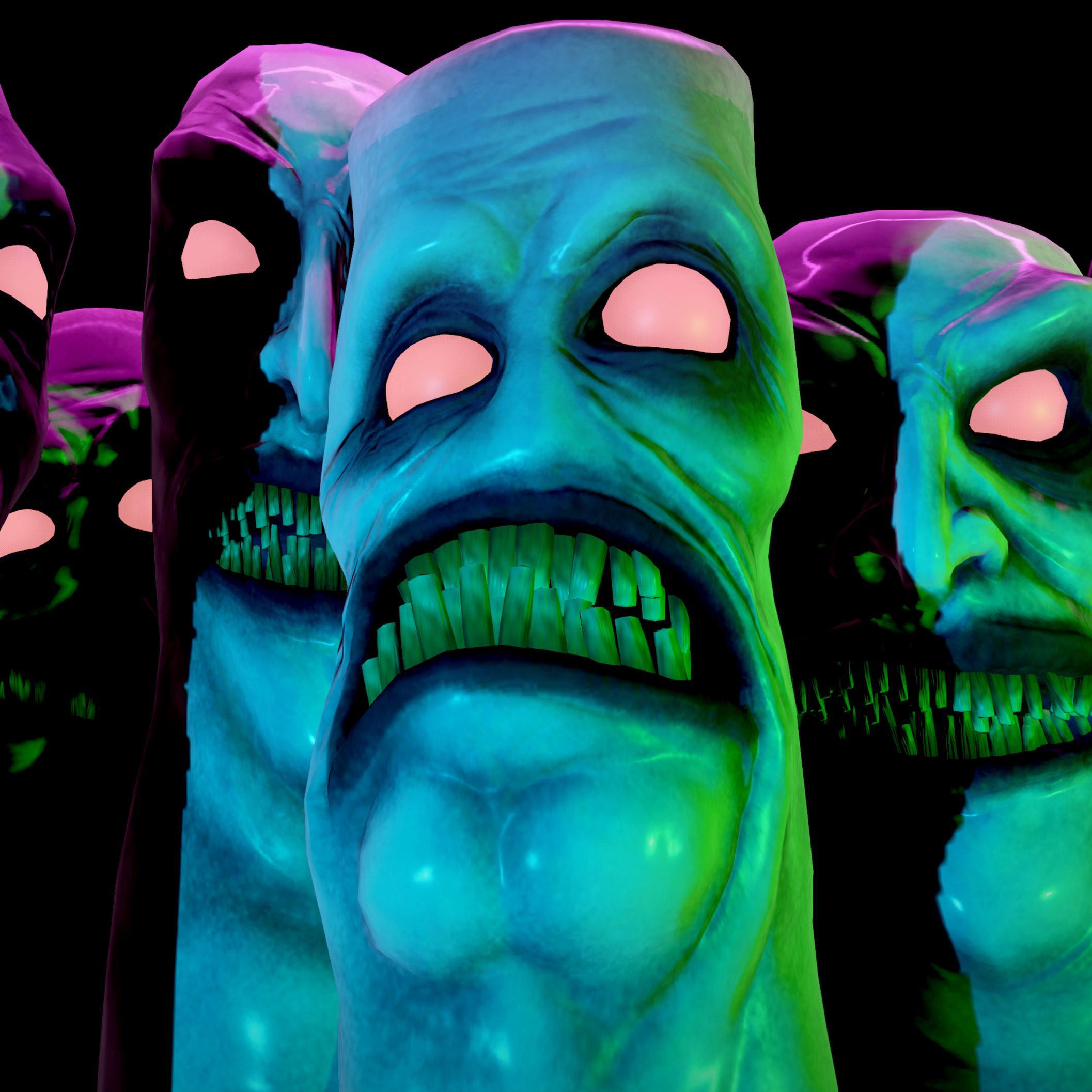
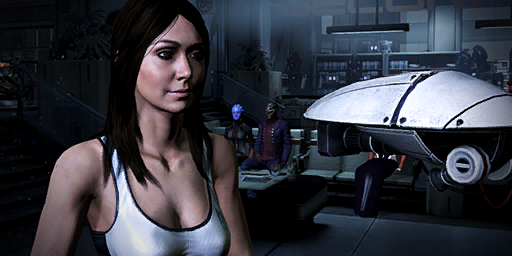
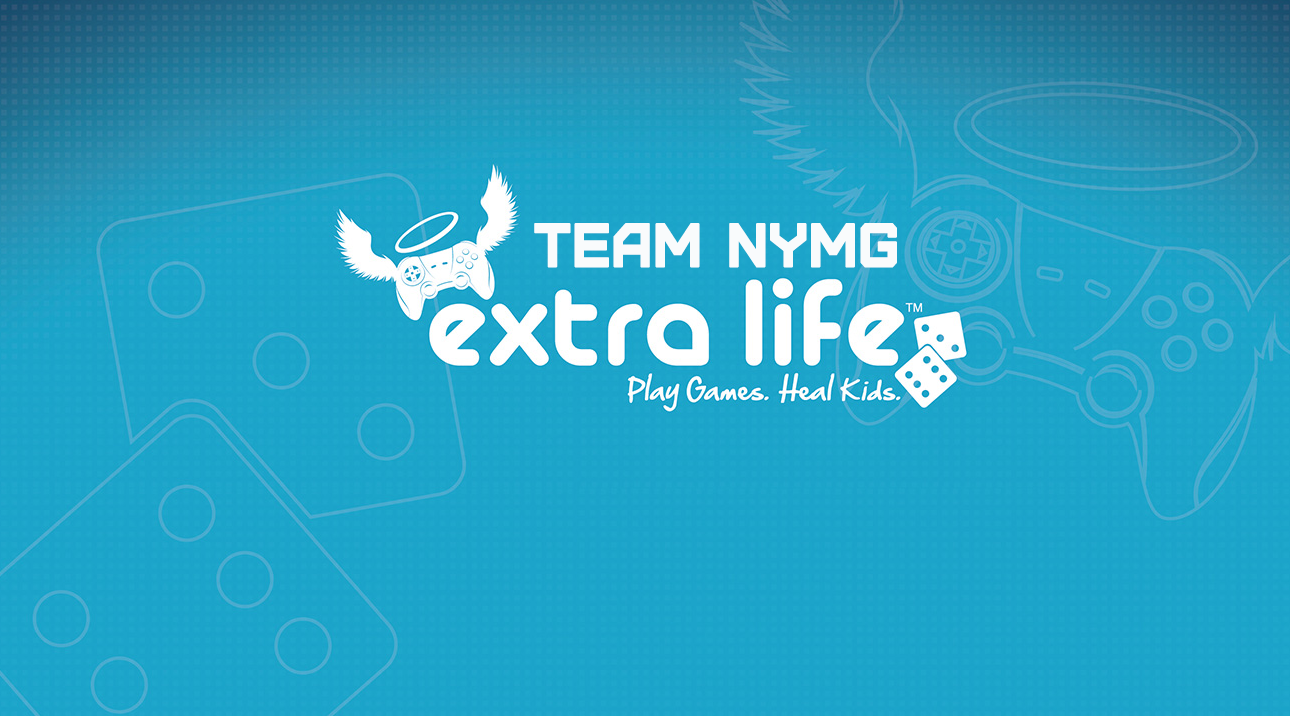
One thought on “Power Hour Review: The Cat Lady”
Sounds interesting, I think I’ll see if it pops up on steams Holiday sale.